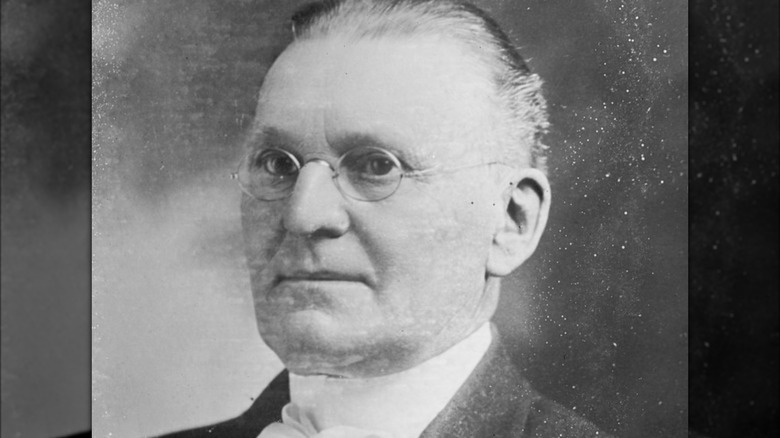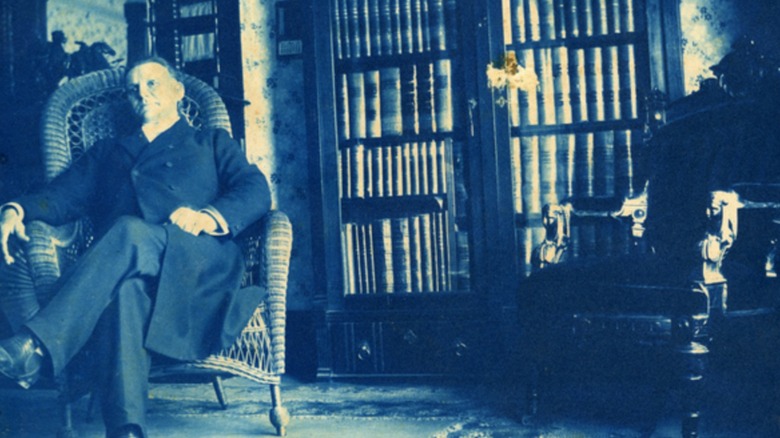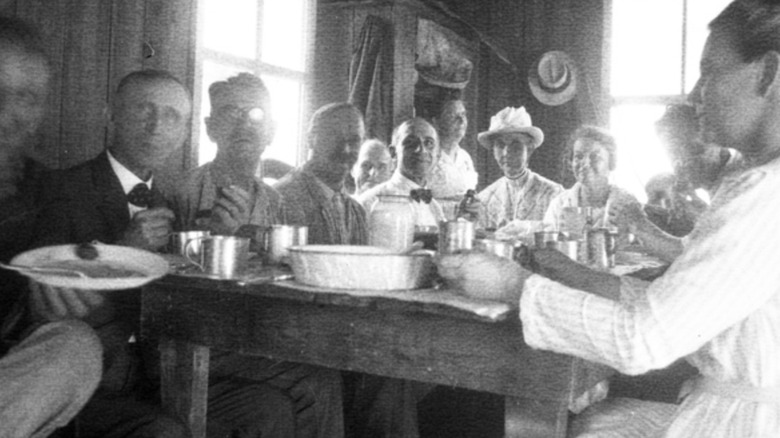Estero: The Failed Hollow Earth Utopia Of Florida
In 1894, Cyrus Teed an alternative-medicine practitioner from New York going by the name Koresh — who claimed to be the Messiah — and his small band of adherents began turning a 320-acre parcel of land in Estero, Florida, into the "New Jerusalem." Late the year before, an elderly German man who had become a convert to the Koreshan faith had donated the property about 15 miles south of Fort Myers, according to a contemporary article in The Press. About 30 Koreshans began constructing the first buildings of what they imagined would become a massive utopian city of 8 million people.
Teed was born in 1839 in Walton, New York, and educated in Utica. He set up his practice in alternative medicine there and in 1869 he said he had a vision that changed the course of his life, according to The Morning News and "Representing Utopia: The Case of Cyrus Teed's Koreshan Unity Settlement."
The Hollow Earth theory
Cyrus Teed claimed that while working in his lab, a beautiful woman appeared to him and enlightened him as to the true nature of God by taking him to heaven where he learned that "God becomes incarnate once every generation" and that he was the latest version and immortal, per The Ohio County News and "Representing Utopia: The Case of Cyrus Teed's Koreshan Unity Settlement." Another thing Reed said he learned involved the true nature of the world, that humans lived inside the Earth in an 8,000-mile-diameter shell, rather than on the surface, and that the planets revolved around the sun at our planet's core, per the Daily Commercial.
Teed got pretty specific with his "Koreshan System of Universology" describing the surface of the Earth as "concave with a curvature of about eight inches to the mile" and that the planet only appeared convex because of an optical illusion, per his 1901 book "The Cellular Cosmogony, Or, The Earth, a Concave Sphere." He managed to convince several thousand people of his divinity over the years but kept running into problems with those he hadn't convinced, including the Chicago authorities who charged him with practicing medicine without a license in 1888, not to mention lawsuits involving several angry husbands whose wives were Teed's followers, per The Morning News and The Evening Republican.
What happened to the Koreshans?
Another aspect of the new faith that was likely a bigger draw than the idea of living inside the planet involved Teed's belief in the equality of the sexes, racial tolerance, and the importance of ecology, per the Daily Commercial. Over time New Jerusalem drew about 200 to 250 people — depending on the source — to build the community into an economically viable settlement, but the problem with the Koreshan was the celibacy aspect of their teachings, which meant that like the Shakers who came before them unless they could draw more believers to the community, it would eventually die out — and that's exactly what happened.
According to Florida State Parks, in 1908 Teed died but the settlement continued, slowly dwindling in size until 1961 when the four remaining community members signed the land over to the state to be turned into a park. Still, aspects of the Koreshan faith remain. New Jerusalem is now Koreshan State Park and, like the Flat Earth theory, which has made a comeback thanks to the Internet, the Hollow Earth theory lives on, per the Daily Commercial and Atlas Obscura.


